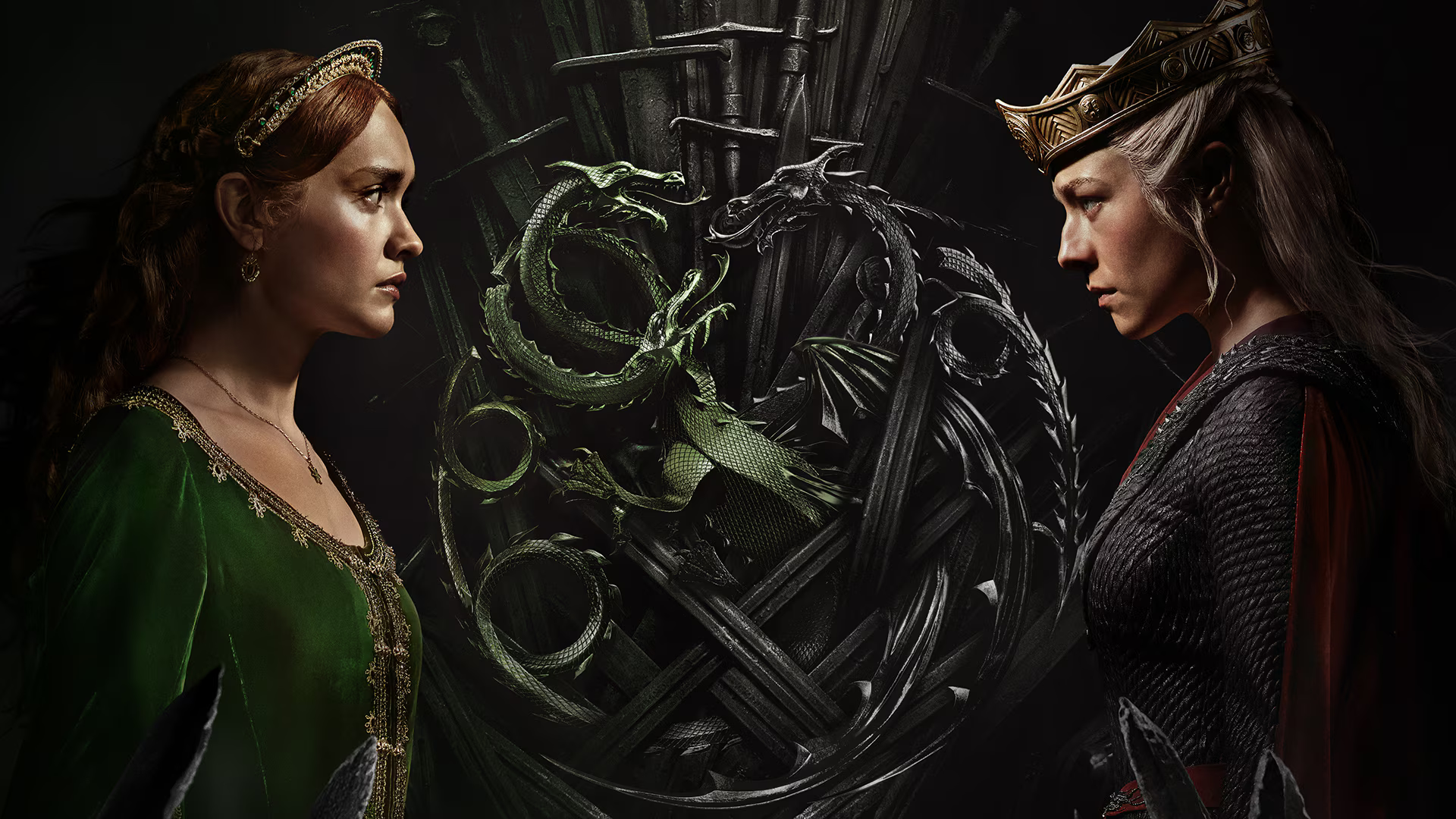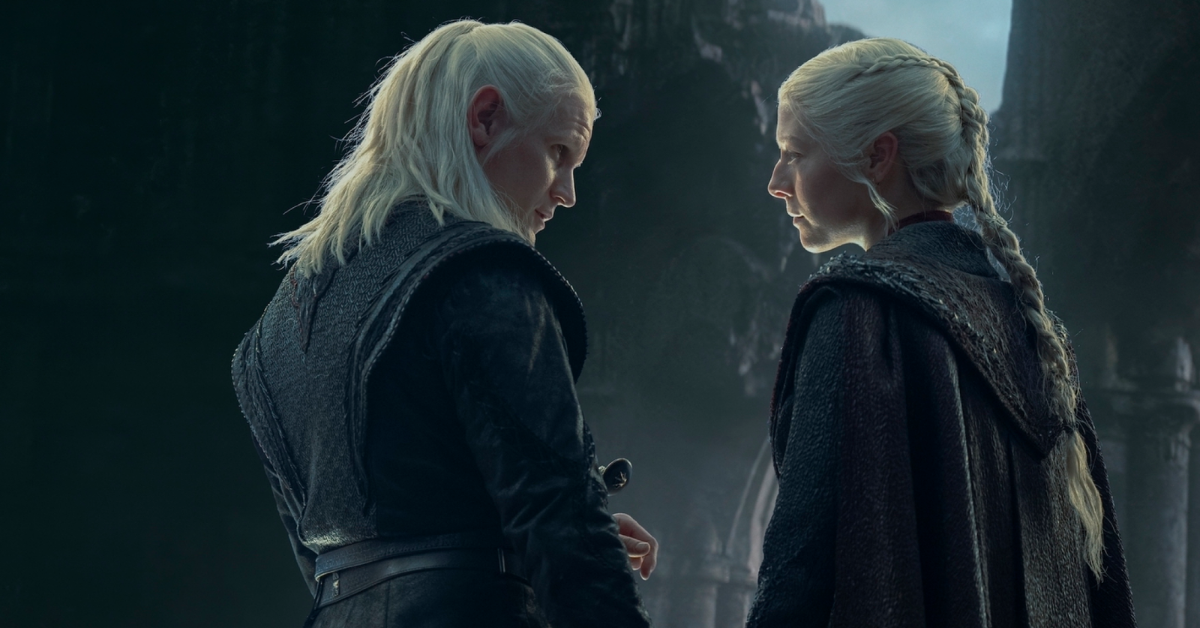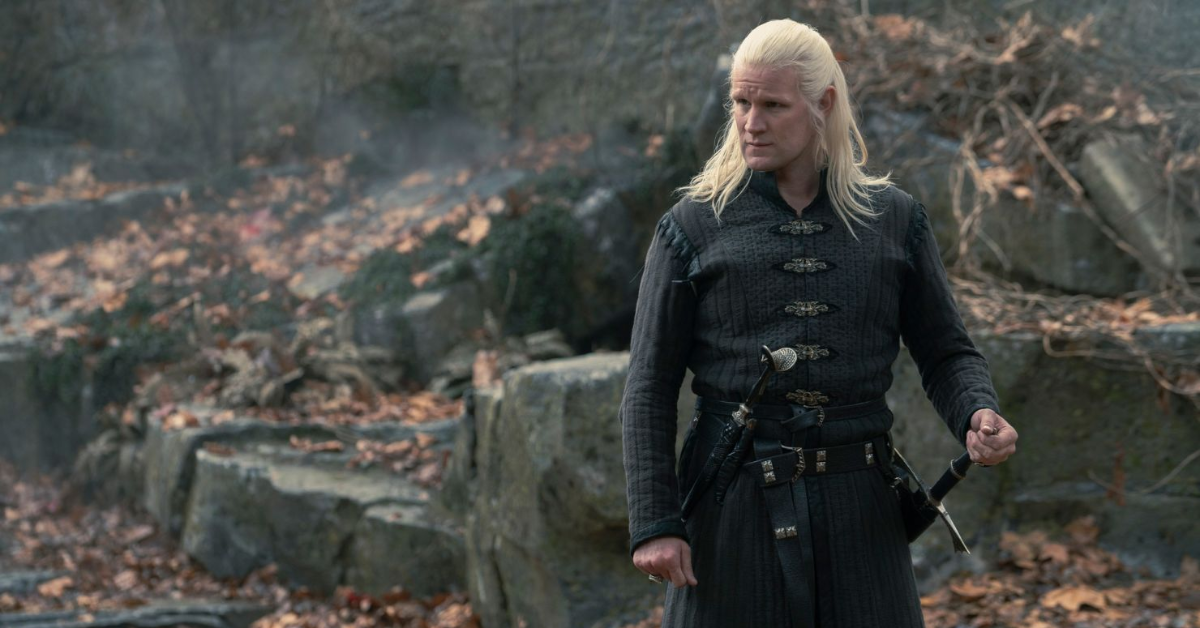
I have the privilege this week of reviewing and analyzing what I consider to be a truly rare piece of cinematic art, one which will endure both in our minds and upon our movie shelves for decades to come. Robert Eggers’ directorial debut is nothing short of a masterpiece of Puritan period horror. I went in expecting wine and a steak, and was treated to a gourmet eight course meal. This metaphor is particularly fitting because although I enjoyed it, I felt a little sick after. The film is an artful slow burn, as visceral as it is desolate. It follows a family in Puritan New England who are set against each other when their newborn son goes mysteriously missing while under the watch of their eldest daughter Thomasin. Things reach a fever pitch as more strange happenings begin to shake the family’s faith. Also, there’s a goat named Black Phillip who may or may not be the Devil.
Needless to say, I don’t need to tell you how good The Witch is. Eggers takes painstaking care in recreating the historical setting and isolated atmosphere. The Witch is certainly not for the faint of heart, however, with several families in fellow GoodTrasher Dalton Stuart’s and my screening walking out within roughly 20 minutes of the film’s start. The Witch opts to disturb rather than startle, skipping superficial spooks to dig into our deeper fears and plant seeds of dread and malaise, and on occasion shock its audience with gruesome visuals that will haunt your subconscious for years to come. Born and raised in the Bible Belt myself, however, the most deeply unsettling thing about this film is not the titular Witch (VVitch, if you’d prefer), but rather its depiction of religious extremism and how blind faith can turn even the kindest of people into fiends and monsters set on each other’s destruction.
 The family in this film, mother Katherine, father William, daughter Thomasin, son Caleb, and terror twins Mercy and Jonas, in some ways represent a microcosm of the terrors that will occur in Salem only a few decades later. It depicts a family ripped apart and set against each other in paranoia and feverish piety, pitting mother against daughter, husband against wife, and sibling against sibling. And all of this is because of a (maybe literally) goddamned teenage girl. If she’s not a witch, as the family believes, she sure does have a habit of being in the wrong place at the wrong time. Setting the events of the film into motion is Thomasin putting her newborn baby brother Samuel in grave danger by participating with him in the most deadly and harmful of sports: a game of peekaboo. In a window of about 1.5 seconds in which Thomasin’s eyes are covered, baby Samuel is gone without a trace. It’s a fairly far-fetched outcome which I can’t blame Thomasin’s mother for being suspicious. Combined with a mysterious missing cup, a mysterious missing other sibling (also last seen by Thomasin), a really fantastic Jennifer Connelly in Labyrinth-esque monologue moment, and a few damning accusations of blood-milking a goat by some vaguely creepy 8-year-olds, and swiftly pubescing Thomasin has a pretty good case for witchery against her. If you believe in witches. And don’t trust or believe your own daughter. And also already have a pretty healthy distrust of teenage girls built into you by your severe religious upbringing. And are Freudianly fearful of losing your husband to your daughter.
The family in this film, mother Katherine, father William, daughter Thomasin, son Caleb, and terror twins Mercy and Jonas, in some ways represent a microcosm of the terrors that will occur in Salem only a few decades later. It depicts a family ripped apart and set against each other in paranoia and feverish piety, pitting mother against daughter, husband against wife, and sibling against sibling. And all of this is because of a (maybe literally) goddamned teenage girl. If she’s not a witch, as the family believes, she sure does have a habit of being in the wrong place at the wrong time. Setting the events of the film into motion is Thomasin putting her newborn baby brother Samuel in grave danger by participating with him in the most deadly and harmful of sports: a game of peekaboo. In a window of about 1.5 seconds in which Thomasin’s eyes are covered, baby Samuel is gone without a trace. It’s a fairly far-fetched outcome which I can’t blame Thomasin’s mother for being suspicious. Combined with a mysterious missing cup, a mysterious missing other sibling (also last seen by Thomasin), a really fantastic Jennifer Connelly in Labyrinth-esque monologue moment, and a few damning accusations of blood-milking a goat by some vaguely creepy 8-year-olds, and swiftly pubescing Thomasin has a pretty good case for witchery against her. If you believe in witches. And don’t trust or believe your own daughter. And also already have a pretty healthy distrust of teenage girls built into you by your severe religious upbringing. And are Freudianly fearful of losing your husband to your daughter.
The film invites us to see the film through Thomasin’s eyes. We are led to believe that Thomasin truly believes in her own innocence… initially. As her family’s suspicion mounts, we see her begin to doubt herself. Could her impiety and wickedness really have brought God’s wrath upon her family? Could her hormones and angst caused the Lord to turn His back on their family, allowing the devil in to rip them apart from the inside? Let’s take a look at patriarchal Biblical doctrine in for answers. You know. For funsies.
We’ll start where the Bible begins: with Eve, the First Temptress, Ruiner of Moral Men and Lover of Fruit. Surely you know the tale of Adam and Eve and their fall from paradise, and if you don’t then dammit, Jim, I’m a doctor not a Sunday school teacher. What you might not know is that Eve’s origins predate the written Bible, floating around Jewish Babylonian mythology pre-Adam and existing as the kind of Jedi foil to a hot Sith chick named Lilith. They’re both kind of demons, like a Raava and Vaatu situation. I’m mixing mythologies, but you get it. Flash-forward through canonization, translation and King James, and Eve is now the villain at fault for man’s fall from grace and a conduit of Lucifer, kind of a bummer when there’s literally only one woman in the story. Now, that’s a pretty breezy history, but I’m writing fun film analyses, not scholarly history articles, and I try to top out my word count somewhere before we reach George R.R. Martin proportions. I’m not saying Thomasin is a direct reference to Christianity’s Eve or a vessel for Eve’s perversion in Christian mythology, but you would have to have been raised by invisible baby-napping wolves to miss the connections.

Flash forward again to the late Middle Ages. It’s the 15th century, and pretty much everyone believes in witchcraft. German inquisitor Heinrich Kramer writes the Malleus Maleficarum, aka Witch Hunting for Dummies, which outlines the causes of witchcraft, why it both exists and is a legitimate threat to the church, and how to go about prosecution of a suspected witch. While the book suggests witches can be women OR men, it also states that women are more susceptible to corruption and inherently less pure, and should therefore be watched more carefully. Thanks to the invention of the printing press, Malleus Maleficarum was able to spread like wildfire, and the witchcraft mania of the 16th and 17th centuries is often attributed in part to the text’s existence. Now, while the family in this film might not have ever personally read the text, it likely would have seeped into Puritan culture by this time, laying the groundwork for the hysteria to come and building the structures of systemic sexism that would become a hallmark of those horrors.
Flash forward yet again to the neo-Freudian psychology of Karl Jung (man, old German dudes are getting a lot of play in this analysis) and his psychosexual theory of the Electra complex. (Side note: “psychosexual” is a really great descriptor of this film.) Now, Katherine and Thomasin obviously didn’t know Jung because he would not have been born for another two centuries or so. Now, both Freud and Jung are hella problematic for obvious reasons (thinking homosexuality is an illness, for one), but in a film that’s as into playing on what makes us uncomfortable and takes such joy in the ordinarily taboo (dead babies, incestuous feelings, and breastfeeding demon ravens, amongst other things) it’s pretty hard to deny that the mother-daughter relationship is a textbook case of competition to win William’s affections. In a lot of ways, this film is already a coming of age tale set against the backdrop of a time and place where “coming of age” means becoming a blight on your family and a disgrace to God. We won’ get into the misogynist clusterfuck that is “penis envy,” but Katherine’s failing marriage and loss of her son are undeniably entwined in the fact that Thomasin is becoming a woman, to which Katherine responds “bitch gotta GO.” In doing so, she further alienates both her husband and daughter, with disastrous consequences.
If you’ve read this far and still haven’t seen the film, stop. Unless you don’t want to see the film (maybe the breast-feeding nightmare bird turned you off?) in which case, SALLY FORTH, brave adventurer! Did you stop reading yet? Seriously, QUIT IT. Okay. Here we go. Spoiler territory imminent.
Okay, so the witch is real, Black Phillip is the for-real devil, and instead of one witch there’s a whole fucking coven. They can even fly and dance naked in the moonlight. The film concludes with Thomasin signing Satan’s book because actual witchcraft is WAY better than returning to town with no family and no explanation. I was impressed by how much the film trusted its audience’s intelligence. Did I need the coven spelled out? No. In fact, it actually gave the conclusion a cheap, BIG TWIST feel. The final 7 minutes didn’t really add anything to the terror, save a couple of moments of shock value. The good news is that it was played more for shock and less for eye candy. The dancing is savage rather than sexual. The other good news is that the film sort of takes the witches’ side. Being a woman in Puritan New England fucking SUCKS. People are terrified of you but not in a powerful way, rather in a “they might burn me at the stake if I become too independent” way. You’re a harlot and a tease. You accidentally make your younger brother think impure thoughts and then get him witched up by a hot former Victoria’s Secret model in an uncomfortably tight bustier and your mother tries to strangle you. Religious fervor is bad for reason, and in the case of this film, it’s REALLY bad for women. This film is weirdly feminist in spite of itself. It sets out to tell the tale of a villainous witch who uses supernatural forces to rip a family apart, but ends up telling a tale of the dangers of letting fear, paranoia and blind zealotry run your life. It honestly succeeds wonderfully.
Also Check
Kirsten’s initial review on Back to the Movies
Recommended Reading
The Vulnerability of Women to Witchcraft Accusations (try to ignore the hokey background and terrible HTML)
Electra After Freud
Craft of the Wise: A Practical Guide to Paganism and Witchcraft
- – 8/108/10
The Witch – The Frightful Femme
While the film is about the persecution of a woman, it tells that story from the proper perspective. Surprisingly, the real villain of the film is fanaticism.
Kirsten writes like she’s seen one too many Joss Whedon productions… Probably because she has.




Leave a Reply